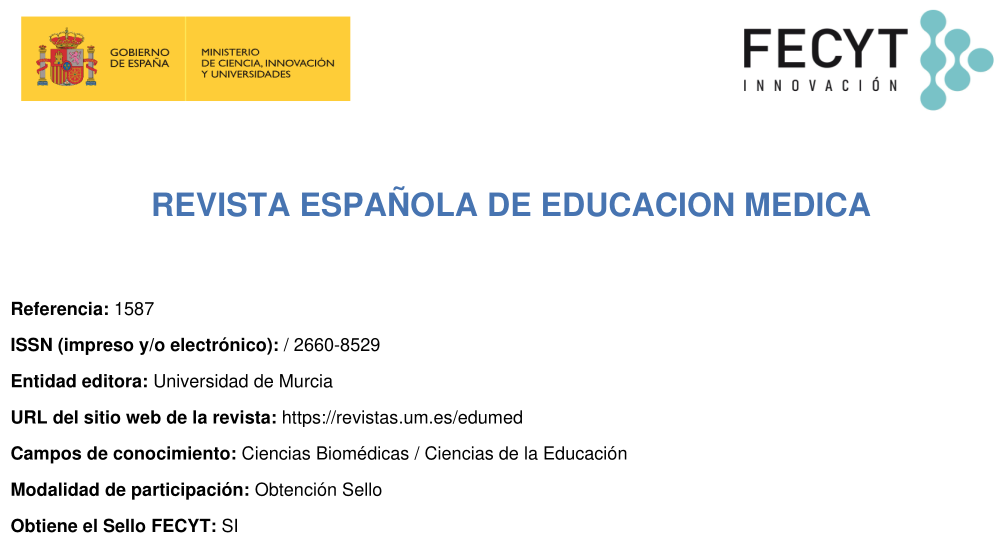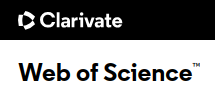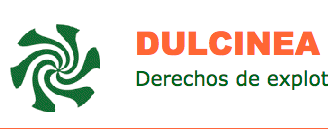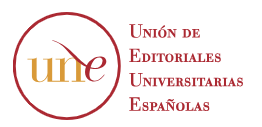Effectiveness of a special peer-tutoring program in thelearning of anatomy
Abstract
Abstract
(1) Introduction. Anatomy is fundamental for students in the area of health and is a subject that causes high levels of difficulty. Because of this, universities have used peer-mentoring programs, as a strategy to provide academic support for students during the course, however, methods used in anatomy mentorship and their usefulness are unknown. Therefore, the objective of this research was to recognize the effectiveness of a special peer-mentoring program in the learning of anatomy. (2) Methods. This research describes the design and implementation of a special peer-mentoring program compared to traditional peer-mentorship for anatomy students of the physiotherapy program of Universidad Autónoma de Manizales (Colombia). This was conducted in different stages: In the first stage, peer-mentors were interviewed. In the second and third stages both peer-mentoring programs were applied to the students and in the last stage the evaluation of both programs was carried out to later analyze the information. The students' perception and the evaluative results obtained throughout the research were taken into account. (3) Results. The most used activities by the Anatomy peer-mentors were anatomical models, quizzes and atlases. The students preferred the special peer-mentoring program, in which the favorite activities were games and laboratory activities. (4) Conclusions: It was possible to establish the difference between a traditional and the special peer-mentorship and the effectiveness of the special one in the learning of Anatomy was recognized.
Downloads
Metrics
-
Abstract505
-
pdf (Español (España))459
References
Alzate O, Tamayo O. Metacognición en el Aprendizaje de la Anatomía. Int J Morphol. 2019;37(1):7–11.
Cárdenas Barrientos O, Otondo Briceño M. Rendimiento académico en Anatomía Humana en estudiantes de kinesiología. Aproximación a sus causas y efectos. Educ Médica Super [Internet]. 2018;32(2):0–0. Available from: http://scielo.sld.cu/pdf/ems/v32n2/a12_1357.pdf
Lachman N, Christensen KN, Pawlina W. Anatomy teaching assistants: Facilitating teaching skills for medical students through apprenticeship and mentoring. Med Teach. 2013;35(1):e919-e 925.
Corrales AVD. Incidencia de los estudinates monitores en el rendimiento academico de los educandos que cursan la asignatura de matematica IV de la carrera de ingenieria civil en la UNINORTE, IIsemestre 2009. Universidad Nacional de Ingenieria; 2011.
Barros Bastida C, Barros Morales R. Los medios audiovisuales y su influencia en la educación desde alternativas de análisis. Rev Univ y Soc [Internet]. 2015;7(3):26–31. Available from: http://scielo.sld.cu/scielo.php?script=sci_arttext&pid=S2218-36202015000300005
Atukorala KR, Atapattu P. Pre Clinical- Basic Sciences Teaching Curriculum Of A Medical School in A Developing Country -Are We Doing It Right? 2014;9(2):98–104.
Cardenas Valenzuela J. Enseñanza de la Anatomía. Uso de Medios en el Aula. Int J Morphol. 2019;37(3):1123–9.
Wormald BW, Schoeman S, Somasunderam A, Penn M. Assessment drives learning: An unavoidable truth? Anat Sci Educ [Internet]. 2009;2(5):199–204. Available from: https://www.researchgate.net/publication/26801830_Assessment_Drives_Learning_An_Unavoidable_Truth
Aguirre Benítez EL, Herrera Zamorano BR, Vargas Huicochea I, Ramírez López NL, Aguilar Vega L, Aburto-Arciniega MB, et al. La tutoría como proceso que fortalece el desarrollo y crecimiento personal del alumno. Investig en Educ Médica [Internet]. 2017;(xx):1–7. Available from: http://dx.doi.org/10.1016/j.riem.2017.01.152
Tirado JLA, Fernández FD. Eficacia de un programa de tutoría entre iguales para la mejora de los hábitos de estudio del alumnado universitario. Rev Psicodidact. 2011;16(1):163–80.
Pickles K, Ivanusic JJ, Xiao J, Durward C, Ryan AB, Hayes JA. Peer Tutoring for Anatomy Workshops in Cambodia. Anat Sci Educ [Internet]. 2019;12(1):82–9. Available from: https://anatomypubs.onlinelibrary.wiley.com/doi/full/10.1002/ase.1804
Albanaes P, Marques F, Patta M. Programas de tutoría y mentoría en universidades brasileñas: un estudio bibliométrico. Rev Psicol. 2015;33(1):21–56.
Harrison CH, Elmansouri A, Parton W, Myers MA, Hall S, Stephens JR, et al. The Efficacy of Frontline Near-Peer Teaching in a Modern Medical Curriculum. Anat Sci Educ [Internet]. 2019;12(3):236–44. Available from: https://anatomypubs.onlinelibrary.wiley.com/doi/10.1002/ase.1827
Evans DJR, Cuffe T. Near-peer teaching in anatomy: An approach for deeper learning. Anat Sci Educ [Internet]. 2009;2(5):227–33. Available from: https://www.researchgate.net/publication/26811579_Near-Peer_Teaching_in_Anatomy_An_Approach_for_Deeper_Learning
Schnarch D, González G, Restrepo D. Ser monitor : ¿ una experiencia de formación profesional ? Voces y Silenc Rev Latinoam Educ. 2012;3(2):21–40.
Sanabria Munévar F. Al Método Lancasteriano Mutual Teaching : an Approximation of the Lancaster Method and Its. Rev Hist la Educ Colomb. 2010;13(13):47–76.
Hernández Sampieri R, Fernández Collado C, Baptista Lucio M del P. Metología de la Investigación. México D.F.: Mc Graw Hill / Interamericana Editores S.A; 2010. 1–656 p.
Montes IC. Monitores En La Universidad Eafit: Contexto Y Percepciones De Los Estudiantes (Tutorships at Eafit University: Context and Perceptions from Students). SSRN Electron J [Internet]. 2014;(February). Available from: https://www.researchgate.net/profile/Isabel_Montes5/publication/46460923_Monitores_en_la_Universidad_EAFIT_contexto_y_percepciones_de_los_estudiantes/links/54db9ab40cf28d3de65bbfef/Monitores-en-la-Universidad-EAFIT-contexto-y-percepciones-de-los-estudiant
Suárez-Montes N, Díaz-Subieta LB. Estrés académico, deserción y estrategias de retención de estudiantes en la educación superior. Rev Salud Publica [Internet]. 2015;17(2):300–13. Available from: http://www.scielo.org.co/pdf/rsap/v17n2/v17n2a13.pdf
Licorish SA, Owen HE, Daniel B, George JL. Student’s perception Kahoot!’s influence on teaching and learning. Res Pract Technol Enhanc Learn [Internet]. 2018;13(9):1–24. Available from: https://telrp.springeropen.com/articles/10.1186/s41039-018-0078-8
Lin DTA, Ganapathy M, Kaur M. Kahoot! It: Gamification in higher education. Pertanika J Soc Sci Humanit [Internet]. 2018;26(1):565–82. Available from: https://www.researchgate.net/publication/320182671_Kahoot_It_Gamification_in_Higher_Education
Guerra Zúñiga M, Cuevas Lang K, Segovia Chamorro J. ¿Qué tecnología escojo para mi clase? Percepción de estudiantes de medicina sobre clickers y Kahoot. Rev la Fund Educ Médica. 2020;23(3):111.
Lucero J, Alzate O. Aplicaciones Móviles para el Estudio de la Anatomía Humana. Int J Morphol [Internet]. 2020;38(5):1365–70. Available from: http://scielo.isciii.es/scielo.php?script=sci_serial&pid=2014-9832&lng=es&nrm=iso
Kish G, Cook SA, Kis G. Computer-assisted learning in anatomy at the International Medical School in Debrecen, Hungary: A preliminary report. Anat Sci Educ. 2013;6(1):42–7.
Lai H-L, Perng S-J, Huang C-Y. Nursing Students’ Perceptions of a Silent Mentor Program in an Anatomy Course. Anatomical Sciences Education. 2019. 0–2 p.
Duran D, Huerta V. Una experiencia de tutoría entre iguales en la Universidad mexicana de Oaxaca Universidad y aprendizaje cooperativo. Rev Iberoam Educ. 2008;48:1–12.
Narváez ÁV, Latorre SI, Ávila MP, Ruano CA, Arenas SM, Merchán JS, et al. Didácticas innovadoras en el aprendizaje de la farmacología en estudiantes de medicina. Rev Hosp Ital BAires [Internet]. 2016;36(3):99–106. Available from: https://www1.hospitalitaliano.org.ar/multimedia/archivos/noticias_attachs/47/documentos/26309_99-106-HI3-11-Vallejos Narvaez-B.pdf
Navarro H. N, Zamora S. J. Evaluación del rol del tutor: comparación de percepción de estudiantes de las carreras de la salud. Investig en Educ Médica [Internet]. 2017;(xx):1–8. Available from: http://dx.doi.org/10.1016/j.riem.2017.01.148
Benítez SM. Tutoría Académica Universitaria: Percepción de estudiantes de la Facultad de Odontología. Universidad Nacional de Asunción. Rev Científica Estud e Investig [Internet]. 2018;7(1):6. Available from: https://www.researchgate.net/publication/328977572_Tutoria_Academica_Universitaria_Percepcion_de_estudiantes_de_la_Facultad_de_Odontologia_Universidad_Nacional_de_Asuncion
Copyright (c) 2022 Servicio de Publicaciones de la Universidad de Murcia

This work is licensed under a Creative Commons Attribution-NonCommercial-NoDerivatives 4.0 International License.
The works published in this magazine are subject to the following terms:
1. The Publications Service of the University of Murcia (the publisher) preserves the economic rights (copyright) of the published works and favors and allows them to be reused under the use license indicated in point 2.
2. The works are published under a Creative Commons Attribution-NonCommercial-NoDerivative 4.0 license.
3. Self-archiving conditions. Authors are allowed and encouraged to disseminate electronically the pre-print versions (version before being evaluated and sent to the journal) and / or post-print (version evaluated and accepted for publication) of their works before publication , since it favors its circulation and earlier diffusion and with it a possible increase in its citation and reach among the academic community.


















